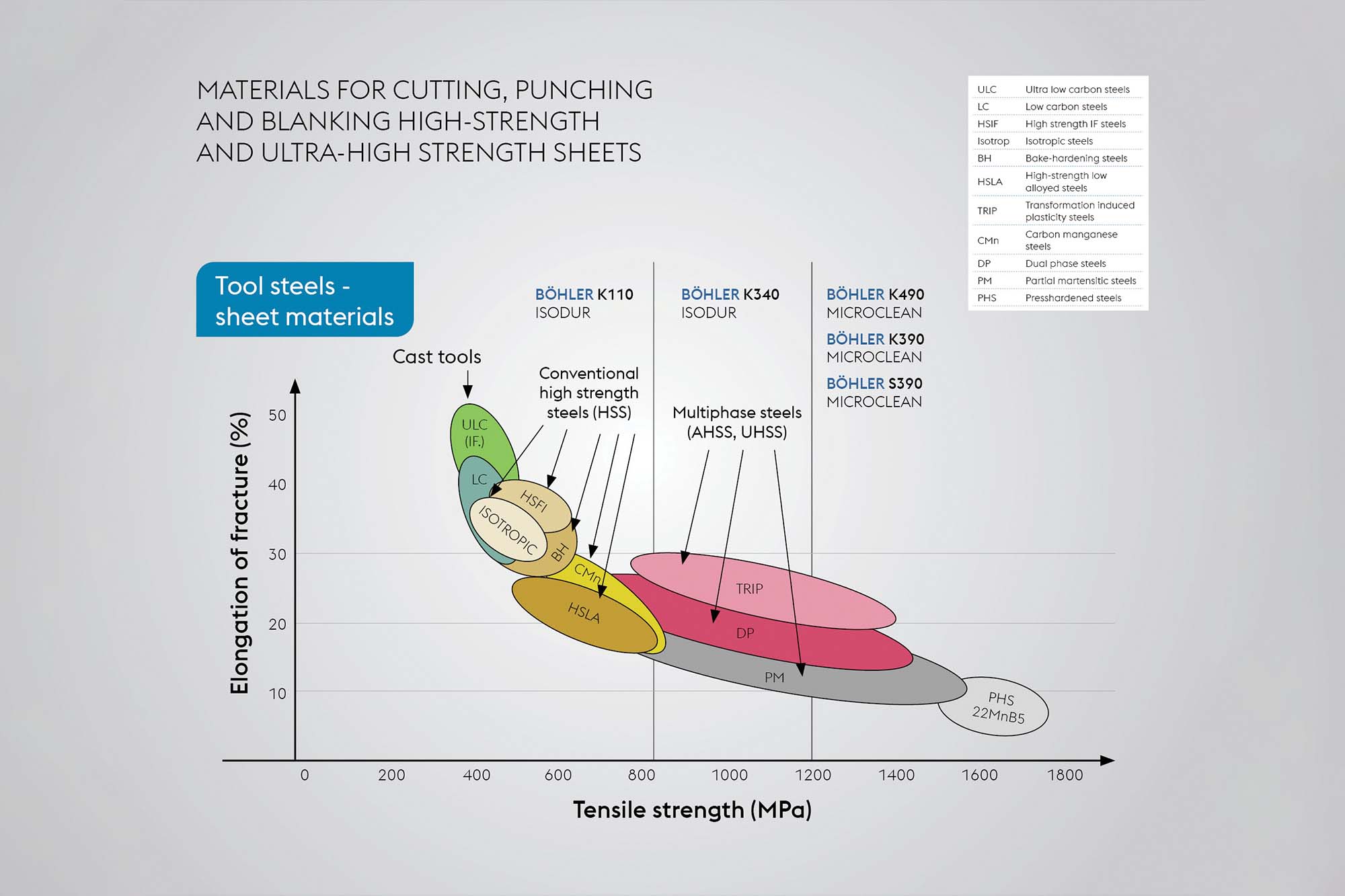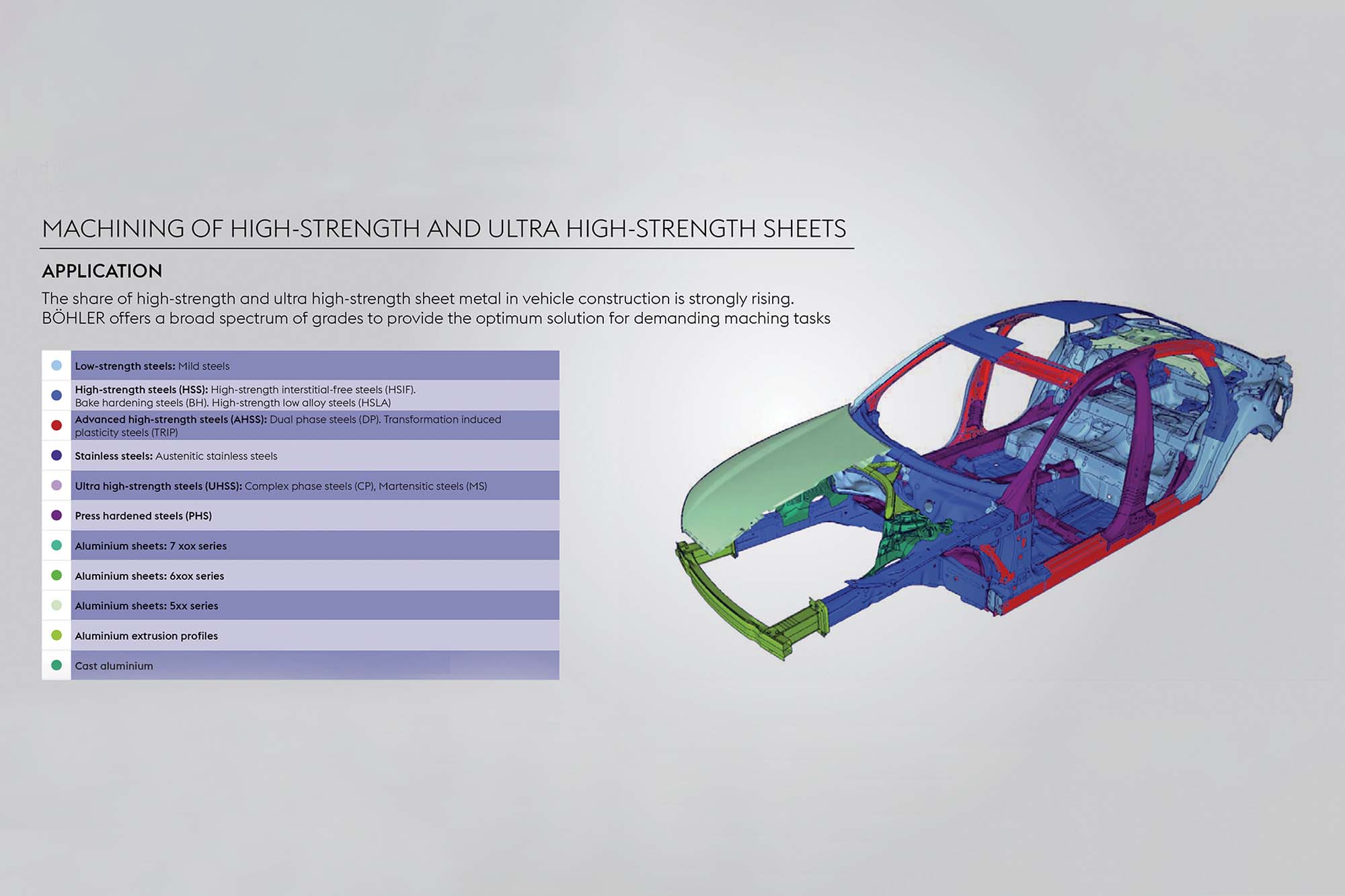The rise of high-tensile strength sheets is revolutionising automotive safety
14-Nov-2024 5:41 pm
14-Nov-2024 5:41 pm

The automotive industry’s growth is powered by consumer demand, technological progress, and government support. Projections indicate market expansion in the coming years, with the industry expected to become the third-largest in the world by 2026. The focus would be on enhancing vehicle safety and performance. The development area is high-tensile strength sheets in the forming segment, offering superior safety and impact resistance.
High-tensile strength sheets have exceptional strength and durability, which is essential in automotive manufacturing. These sheets are designed to absorb and distribute impact energy during accidents, significantly improving passenger safety. The industry’s emphasis on lightweight yet robust materials makes high-tensile strength sheets an ideal choice.
High-tensile strength sheets prove excellent in various automotive applications, including body panels, chassis, and structural components. They offer enhanced strength-to-weight ratios, corrosion resistance, and fatigue durability for long-term reliability and safety. Manufacturers are adopting these materials to meet stringent safety standards and consumer expectations.
The demand for high-tensile strength sheets is expected to rise as the automotive industry continues to innovate and prioritise safety. Future trends include higher-strength materials, improved formability, and advanced manufacturing techniques to produce complex shapes and components. Innovations such as hot stamping, where sheets are heated to high temperatures and then rapidly cooled in a die, are becoming more prevalent. This process increases the material’s strength and allows for the creation of intricate geometries.
Advancements such as hot stamping and roll forming have efficiently produced high-tensile strength sheets with superior properties. Innovations in material science, including alloying elements and heat treatments, have further enhanced the performance of these sheets.

Safety regulations in the automotive industry are becoming increasingly stringent. New norms enhance vehicle safety and reduce fatalities. These regulations mandate advanced materials and technologies to improve crashworthiness and protect passengers.
Pedestrian Protection Regulations: These regulations require automakers to design vehicles that minimise pedestrian injury in the event of a collision. High-tensile strength sheets help achieve this by deforming in a controlled manner to absorb impact energy.
High-tensile strength sheets are crucial for meeting these safety requirements. Traditionally, automotive companies used sheets with tensile strengths of around 600 MPa, usually made from High-Strength Low-Alloy (HSLA) steels. However, there has been a shift towards Partial Martensitic steels with tensile strengths ranging from 1000 to 1200 MPa. This change is driven by the need for materials that provide better impact resistance and safety during accidents. These high-tensile strength sheets are used for critical structural components such as A-pillars, B-pillars, and side door beams. Their ability to absorb and distribute impact energy makes vehicles safer for occupants and pedestrians.
The shift towards high-tensile strength sheets necessitates changes in tool and die manufacturing. Conventional steels like D2 or 1.2379 are often inadequate for forming high-tensile strength sheets, leading to increased wear and reduced tool life. To address these challenges, the industry is moving towards powder metallurgical (PM) steels, which offer superior performance and durability.
Upgrading to PM steels provides better wear resistance, toughness, and thermal stability, enabling longer tool life and reduced maintenance. This transition enhances production efficiency and ensures consistent quality of formed parts.
When used with high-tensile strength sheets, conventional tool steels like D2 or 1.2379 are prone to wear and deformation, leading to frequent tool changes and downtime. In contrast, PM steels offer enhanced properties that are ideal for high-stress applications. They exhibit higher hardness, improved wear resistance, and better fatigue performance, making them suitable for the demanding conditions of automotive forming processes.
Using ESR/PM steels for tooling and dies offers several benefits, including:
The automotive industry’s commitment to safety and performance drives the increased use of high-tensile strength sheets in the forming segment. These materials offer superior strength and impact resistance, aligning with the industry’s stringent safety regulations and evolving requirements. As manufacturers transition to high-tensile strength sheets, the need for advanced tool and die solutions becomes paramount. PM steels are crucial in meeting these demands, ensuring efficient production and high-quality components.
BOHLER provides advanced ESR/PM steels, such as BOHLER K340 ISODUR, K390PM, K490PM, and S390PM, for high-tensile strength sheets in automotive applications.
We use cookies to personalize your experience. By continuing to visit this website you agree to our Terms & Conditions, Privacy Policy and Cookie Policy.
A PROMONIQUE RESEARCH INDIA INITIATIVE